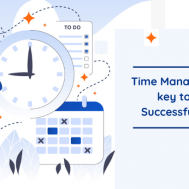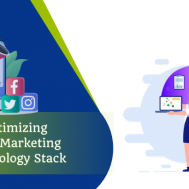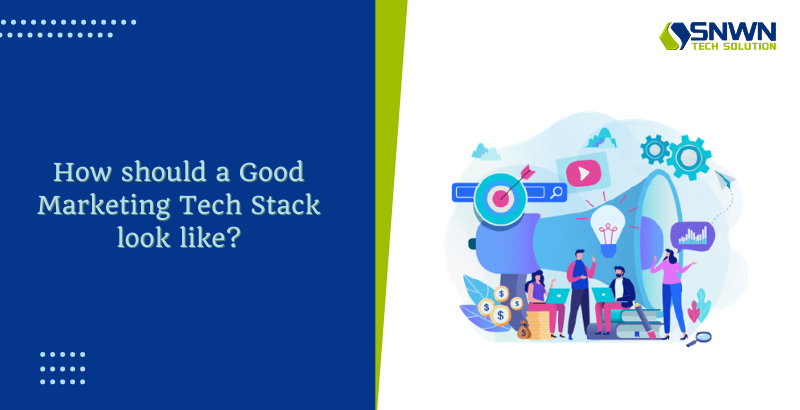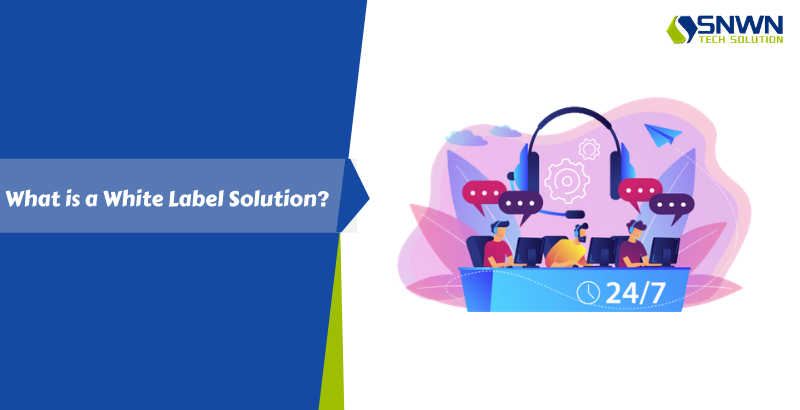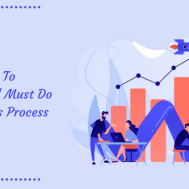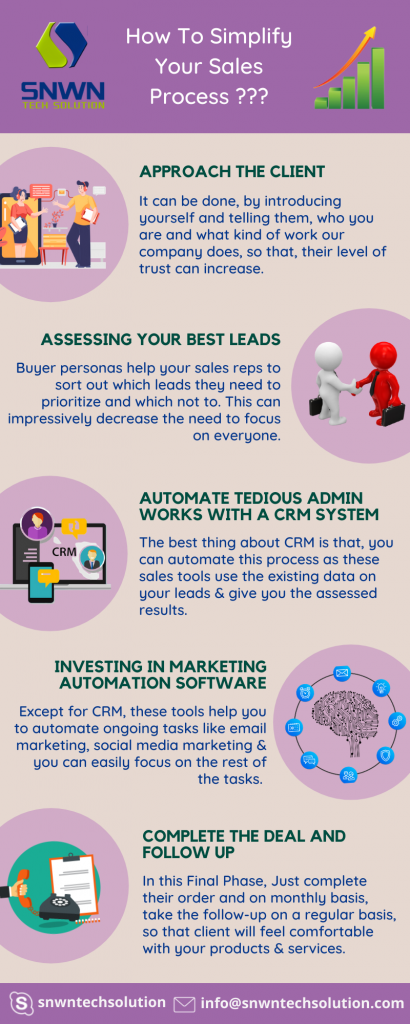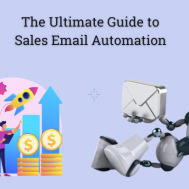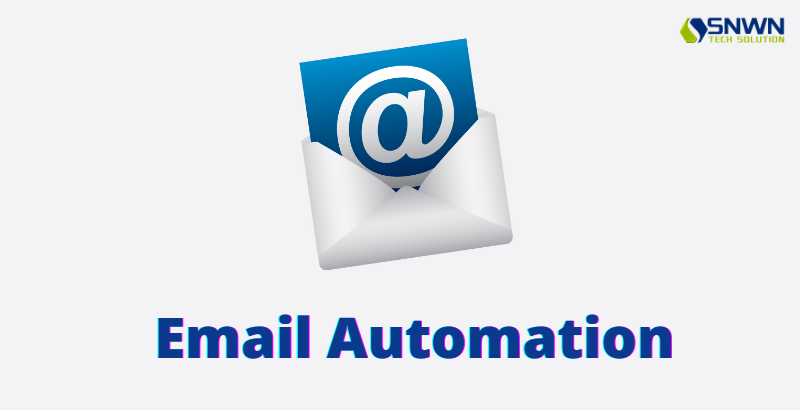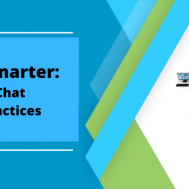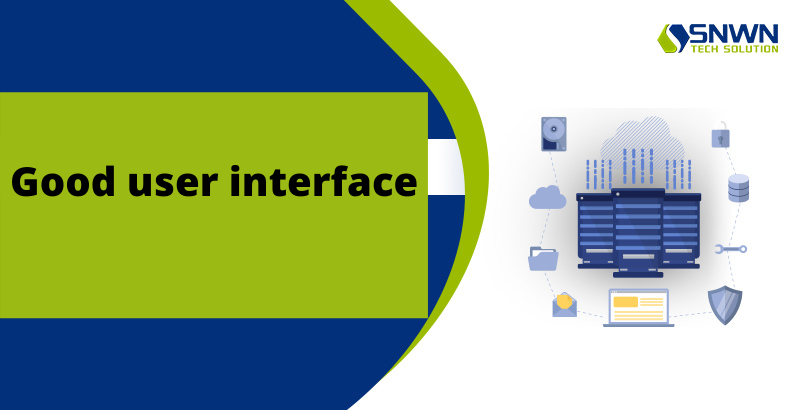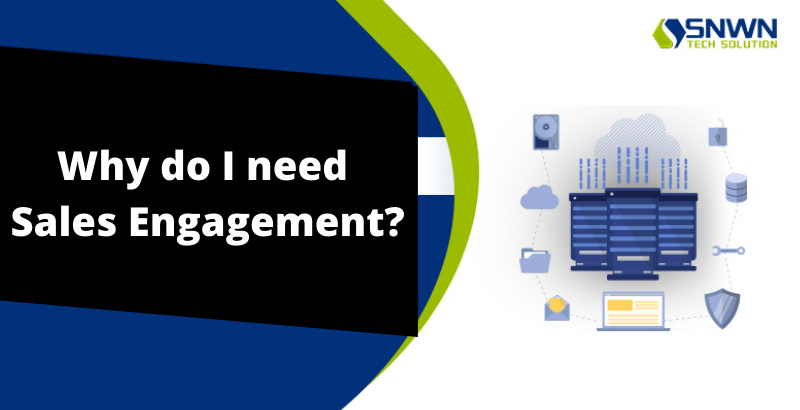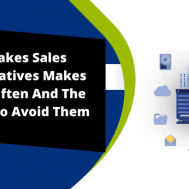We have often heard the saying “time is money”. For sales reps, the saying is very accurately put. It is true that time management is a vital aspect of any sales rep.
However, at the same time, the fact remains that this is a very tricky job for every sales rep.
A recent study conducted with 200 sales reps has produced the following result:
- Only 28% of the sales reps practice a dedicated time management system.
Out of the total active time period, a sales rep focuses only 35% of the time on selling while the remaining is spent on all other tasks.
In this article, we will look at some awesome tips to better manage your time as a sales rep. But before we do let us understand why time management is so important for a sales rep.
11 Best Time Management Tips
Plan a customer-centric prospecting schedule
Prospecting is one of the main tasks of any sales rep. However, planning a well thought out prospecting schedule can be a bit tricky. Mostly because the time you have blocked out for prospecting might not match well with your clients’ schedule(s).
This is why you must always focus on planning a customer-centric prospecting schedule. This means you will need to track and know your target clients’ behaviours and routines. That is the best way to match your clients’ time with yours.
A general rule of thumb does state that the best time for prospecting is in the early morning or late afternoon. However in the end it all comes down to how well you know your customers’ routine so that you can match both times.
Track your Time Smartly

Tracking your own time makes fundamental to time management. If you cannot figure out where your time is going it is the wisest thing to do. You can use various time tracking software that is readily available in the market.
With these softwares, you can track the amount of time you are spending on specific tasks. Give it a few weeks time and you will start to see a pattern. This is important as you can then analyse your routine and figure out how you can be more productive.
There is a widely practised technique that encourages everyone not just sales reps to work in bundles of 25-minutes to maximise productivity.
Take it one step at a time
There is a very common misconception that multitasking makes you more productive. Let us make one thing very clear: It is nothing but a myth. The more you multi-task the less productive you become. Many studies have concluded to this fact.
What these studies found out is that while you are multi-tasking in reality your brain is scurrying from one task to another in rapid successions. This results in you losing to about 40% of your productivity. This is because as your brain is constantly shifting its focus from one task to another and cannot concentrate.
This is very bad for a sales rep as it makes them inefficient. That is why it is always recommended to finish one task at a time by prioritising on your sales activities.
Batch your tasks and appointments
There are some very simple processes that can literally change the way you do your job: grouping, time blocking, and batch processing. Grouping similar tasks together is a great way to effectively carry out your tasks and improve your productivity.
You may consider blocking specific periods of time daily for your cold calling tasks. It is always recommended to do the same for returning calls rather than checking your voicemail all day long. The latter can really bite into your otherwise productive time. Successful sales reps are those who get their job done ahead of time. Most of them designate an hour or two every afternoon for scheduling a prospecting action for the next day. These practices are proven to improve workflow.
Learn to say NO
It’s no mystery that chasing the wrong prospect is nothing but a waste of time. As a sales rep, we all have a system in place to qualify and disqualify leads. However, it is hard to let go of any prospect even if there is a very slim chance of a conversion.
This is where you need to start saying no. You must be able to say “No this lead is of no use to me” while scrolling through your leads and move on to the next one as fast as you can. To do this you will have to understand what makes a good prospect and what doesn’t.
Once you have embraced saying NO to useless leads your time management will become even better. Nobody wants to chase a dud lead.
Follow the 2-minute rule
It is a general rule of thumb that states that if you can finish your job in 2 minutes then just do it instead of putting it off for another time. If you keep procrastinating you will soon end up with a tedious and long to-do list that may seem impossible to finish.
For instance, let us say you are an automobile sales rep. You found a prospect from your cold calling and they want you to send them an e-brochure of the make and model of the car they are interested in. It’s best to send them the information as soon as you get off the call. If you put it out for after you have finished your cold calling, you may end up forgetting to send the brochure and lose a potential client.
Try to Avoid Distractions
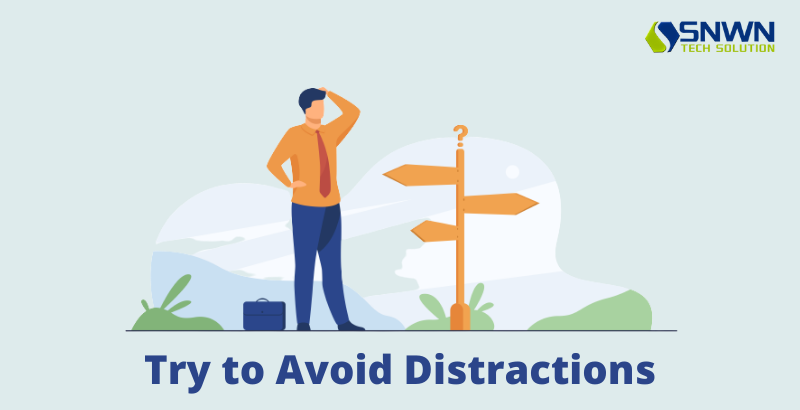
Distractions are all around us in many different forms. Make no mistake they will divert your attention from the task at hand. Even though a loss of a minute or two does not affect your productivity at that moment but it will add up over the course of the day. And this is harmful to your productivity.
You can tackle them by planning your day ahead of time. That is one way to look at it. For any sales rep, social media is a very important aspect. However, checking updates and newsfeeds online for 15 minutes can easily turn into an hour of wasted time watching funny videos. In the end, it all boils down to the fact how much you can keep yourself from being distracted. There is no hard and fast rule to do so. It’s in your willpower to not get distracted.
Start using Email Templates
There is a time for everything; a time to be creative and a time to be strategic. While contacting a prospect many of us start from scratch and try to write a new email every time. This is inefficient and unrealistic at the same time.
In spite of the fact that your email prospecting must be tailor-made for each individual and situation, you can still manage your time efficiently by using email templates. Chose the template that fits your requirement and customizes it according to your customer’s requirements. This is a very effective way to increase productivity.
Eliminate non-essential tasks
To maximize your selling time, look for administrative tasks you can automate. Saving a few minutes here and there will quickly add up — and as an added benefit, you can direct more energy toward activities that are actually challenging, like giving demos or answering tough questions.
Every sales rep has to row through a sea of non-essential administrative tasks. This eats off a huge chunk of productive time. That is why as a sales rep you must always focus on automating such tasks.
There are softwares you can use to send sales collateral and quotes that are used parallel to CRMs. You can send a professional-looking yet personalised proposal without wasting your time. You can also use route planning software to reach your clients efficiently while planning the rest of your time.
Streamline all repeatable tasks
Streamlining tasks simply means reorganizing them. Streamlining repeatable tasks will help you to avoid repeating them by automating them or using shortcuts where you only need to customize them. This really helps to save a lot of time.
If your company is targeting a specific type of buyer, then most of your prospects will be similar. This is where streamlining your tasks becomes effective. For example, in such cases, you may consider developing a core set of questions to work from and customizing as per client assessment. This is much more efficient than sitting down every time to make a brand new list of questions.
Take breaks but don’t overindulge
Breaks are as important as avoiding distractions are. Some of us use distractions as an excuse to take a break from work. That is very harmful.
However, it is similarly harmful if you do not take breaks either. In fact, taking scheduled breaks have often found to help increase productivity. A 5-10 minute break is very helpful to clear your mind from the knots where you are stuck. This, sometimes, helps to figure out a solution to a seemingly impossible problem.
However, you mustn’t overindulge yourself into taking breaks every now and then. This has an opposite reaction on your productivity and you may as well end up losing your job.
Time management is a very tricky task for most sales reps, but at the same time, the successful ones are those who have ingrained this to their lifestyles. With the above tips, you won’t have to worry too much. Follow them and you will be able to effectively manage your time.
